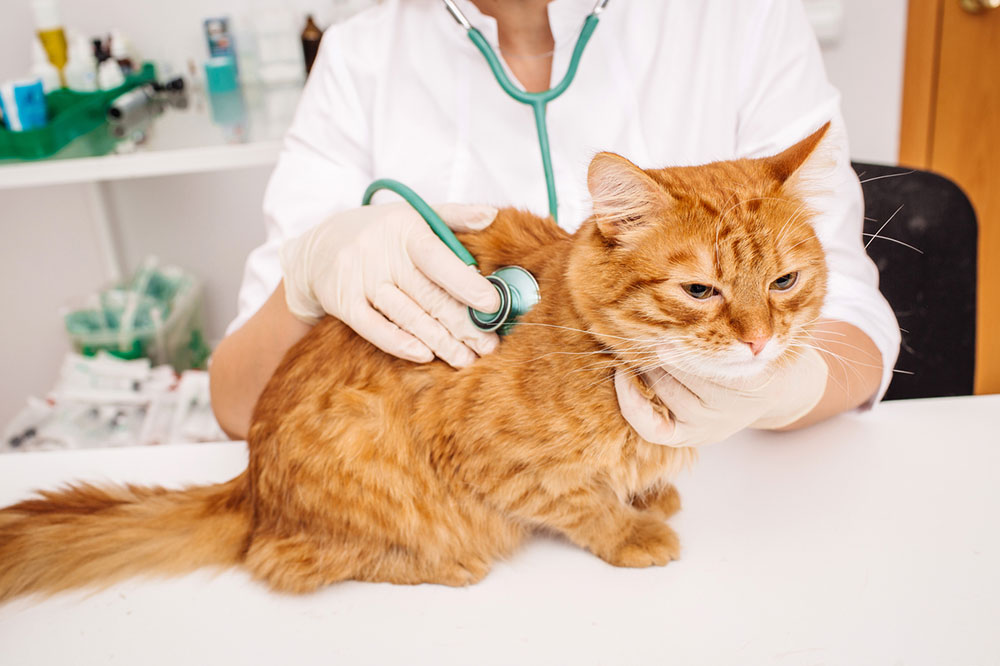
4 Causes of Diabetes Mellitus in Cats
Just like humans, cats too are prone to getting diabetes. Insulin is a hormone produced in the pancreas that helps to move glucose from the bloodstream into the cells in the cat’s body. Feline diabetes resembles Type 2 diabetes in humans wherein the sugar build-up in the bloodstream leads to symptoms like increased thirst and frequent urination. Left untreated, diabetes can lead to life-threatening complications in your cat. Although the exact cause of diabetes in cats is still unknown, these factors can have a hand in causing the disease:
Obesity
An obese cat is at a greater risk of getting diabetes mellitus than a cat that is slim. Cats that are obese show peripheral tissue insulin resistance. However, cats do not show an increased glucose level when they are monitored on a regular basis while doing regular day-to-day activities, including postprandial periods. This is because obese cats in the fasted state are able to actually maintain insulin sensitivity and glucose production. This attribute in cats keeps them from developing hypertension.
Feline diabetes has increased drastically in the country. Diabetes is a disease that is generally seen in older cats. This suggests that although a cat may be obese it can take a number of years for the cat to develop diabetes. It is very unfortunate that many cats with diabetes go untreated due to the cost that pet owners will face and also due to the intensive nature of therapy that diabetes mellitus involves in cats.
Chronic Pancreatitis
Pancreatitis and diabetes go hand in hand as far as cats are concerned. Pancreatitis is an important potential cause of diabetes mellitus in cats. During times of pancreatic inflammation, the disease induces peripheral insulin resistance in the cat’s body, thereby causing the blood sugar levels to shoot up. The presence of pancreatitis in cats makes managing symptoms of diabetes much more difficult.
Hyperthyroidism
Feline hyperthyroidism is in the first place a complex metabolic disease that can be further complicated by secondary diseases. Hyperthyroidism is prevalent in cats over nine years of age. It is common for these cats to be affected by some form of concurrent disease. In most cats the concurrent disease associated with hyperthyroidism is diabetes mellitus. The cat’s body will lose blood sugar control and the cat may require a higher dosage of insulin to get stable.
Medications
In case your cat has some disease wherein he/she is on steroids like cortisol, your cat’s blood sugar level can shoot up due to the intake of such steroids. This in some cases may also be the cause of diabetes mellitus in your pet cat. Hence, it is very important that you talk to your veterinarian before you administer any kind of steroids to your cat.
If it is really necessary to put your cat on steroids, then inhaled steroids are better for your cat than the oral or injected ones. But you will need to keep in mind that any form of steroids can elevate your cat’s blood sugar levels. Your cat will hence require a higher dose of insulin to keep his/her blood sugar levels in check.



